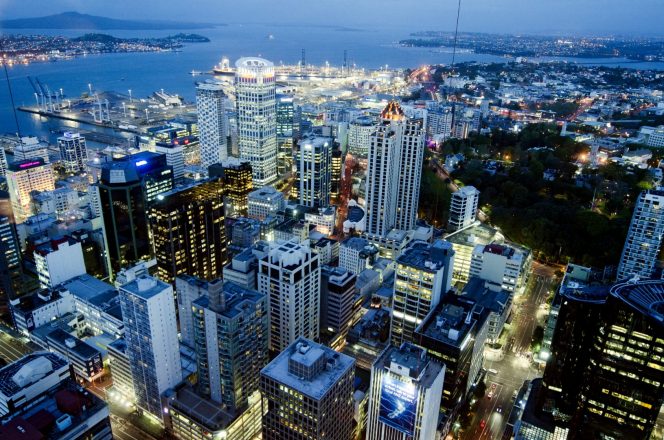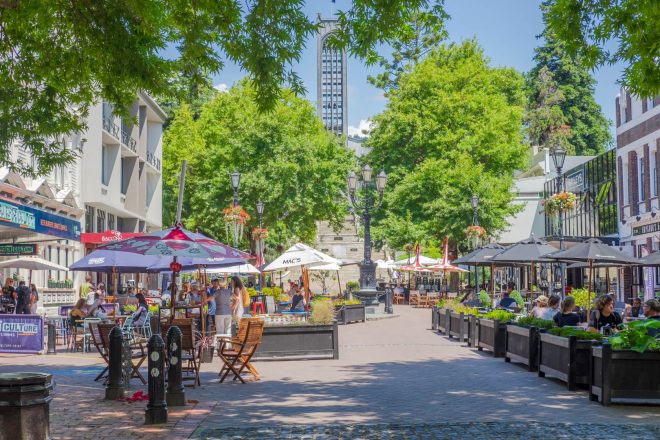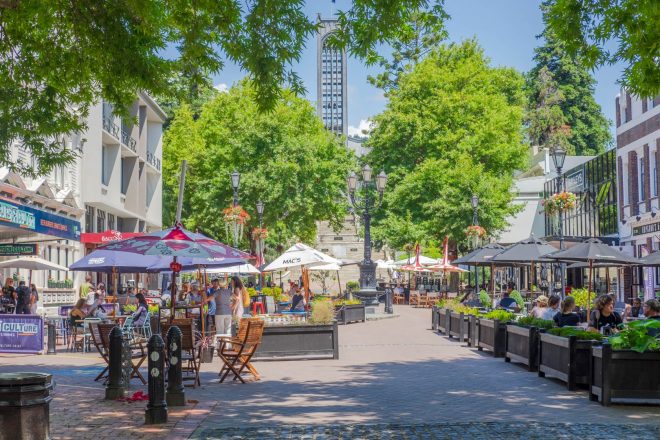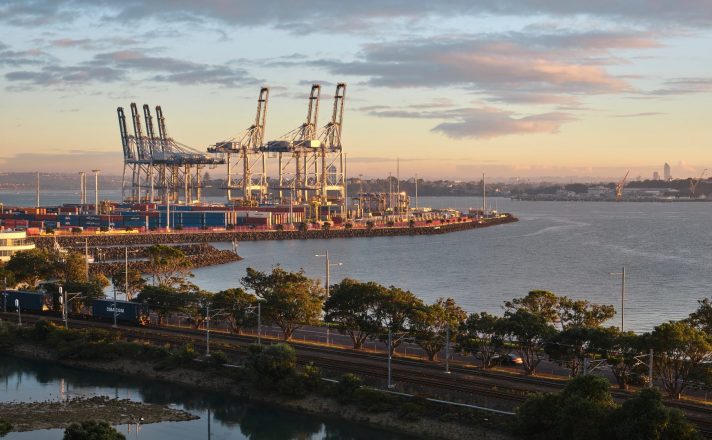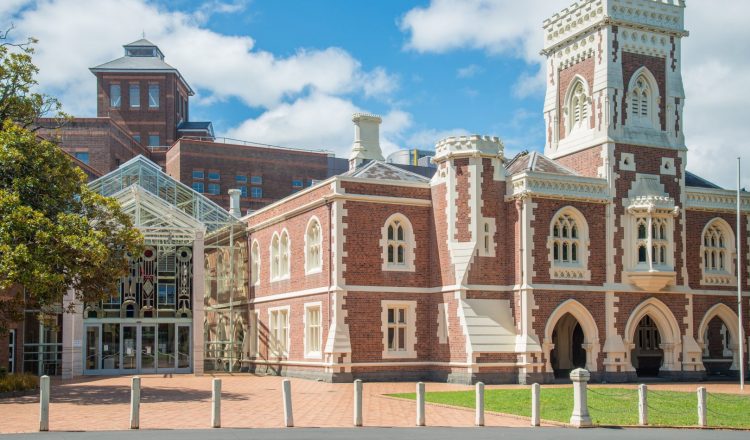계약법
뉴질랜드에서는 계약 규제가 비교적 적습니다.당사자는 일반적으로 자신의 조건에 따라 자유롭게 계약을 맺을 수 있습니다.뉴질랜드의 계약법은 주로 특정 법정 매개 변수에 따라 관습법 원칙으로 구성됩니다.
예를 들면 다음과 같습니다.
(a) 계약 조건에 관계없이 특정 법적 소비자 보호 조치가 적용됩니다.
(b) 소비자와의 신용 계약은 신용 계약 및 소비자 금융법 2003에 의해 규제됩니다.
(c) 특정 계약은 서면으로 이루어져야 합니다 (토지, 고용 및 주택 담보 대출에 대한 이해관계를 포함하는 계약 포함);
(d) 2017년 계약 및 상법 법:
- (i) 당사자가 허위 진술 계약을 취소 할 수 있도록 허용하고 (특정 상황에서 계약 조건이 자체 취소 체제를 제공하지 않는 경우) 법원에 다양한 구제를 부여 할 수있는 권한을 부여합니다.
- (ii) 당사자가 진정한 실수로 인해 계약을 체결했다는 것을 확립할 수 있는 경우 법원이 제한된 상황에서 구제를 부여할 수 있도록 허용합니다.
- (iii) 계약은 일반적으로 미성년자 (18 세 미만의 사람) 에 대해 시행 할 수 없지만 법원이 체결 된 계약의 공정성과 합리성에 대해 문의하고 명령을 내릴 수 있도록 규정합니다.
해외 소유의 법인은 특정 계약을 체결하기 위해 해외 투자 규칙에 따라 필요한 동의를 얻어야 할 수도 있지만, 계약법은 뉴질랜드 법인에 적용되는 것과 동일한 방식으로 해외 소유 단체에 적용됩니다.외국인 소유의 뉴질랜드 법인과 관련된 계약에는 별도의 요건이 없습니다.해외 소유 단체와 뉴질랜드 단체 간의 계약 준거법은 일반적인 관습법 “법률 충돌” 원칙에 따라 해석되는 계약 조건에 따라 결정됩니다.

















































